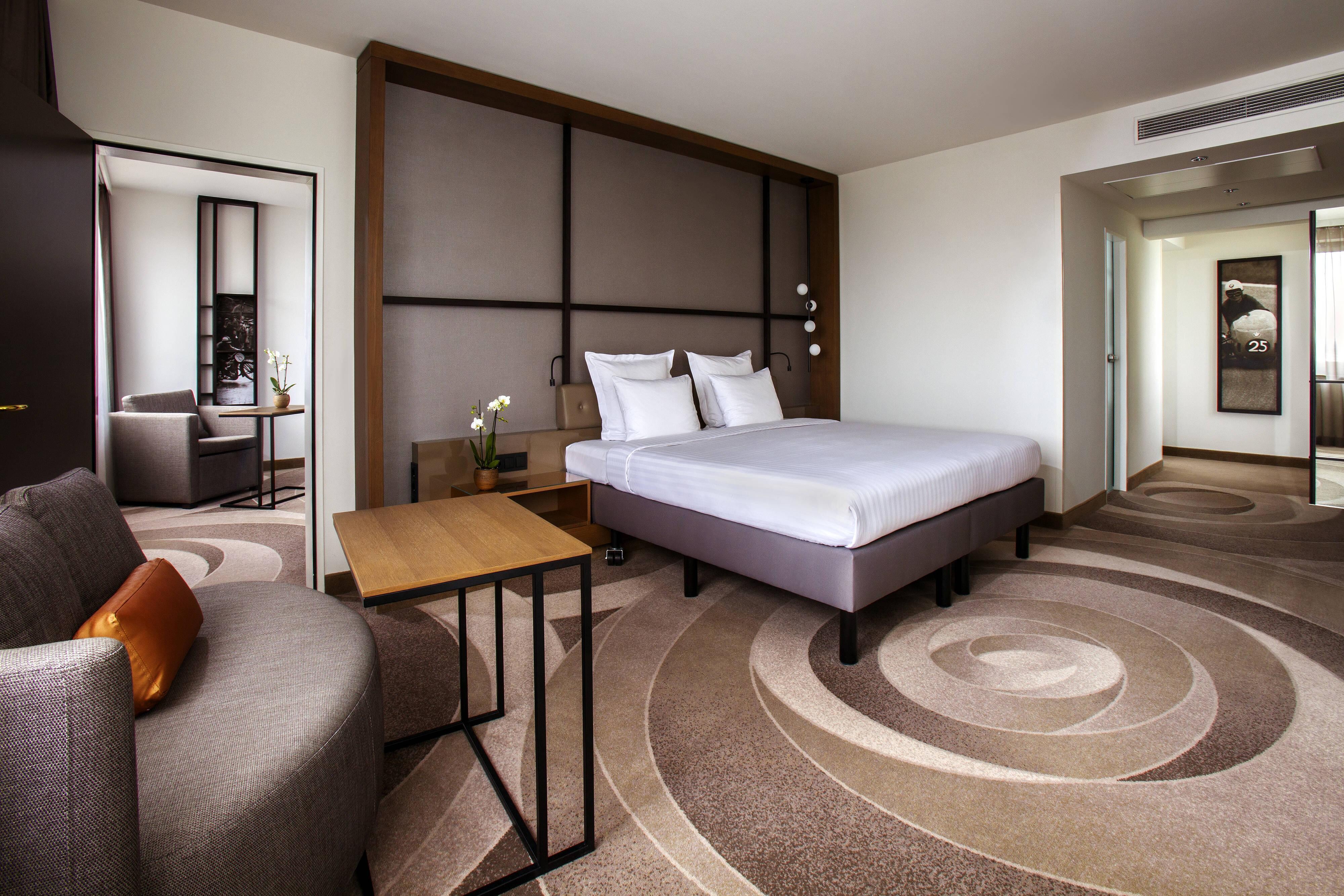Hotel guest room furniture generally includes: standard room furniture, suite furniture, and presidential suite furniture. Corresponding furniture typically comprises baby cribs, writing desks, luggage stands, TV cabinets, leisure chairs, coffee tables, bedside cabinets, etc.
Material Rationality: Different surfaces of hotel guest room furniture employ various materials. For instance, the legs of tables, chairs, and cabinets need to be sturdy to bear weight, while their interiors can utilize other materials. The legs of wardrobes should be thick enough (ideally, 2.5 cm or more) to avoid being both too cumbersome and too fragile for bending or deformation. Cabinets in kitchens and bathrooms should not be made of fiberboard due to its water expansion and damage properties; instead, plywood is preferred. Dining tables should be made of waterproof materials.

Moisture Content of Wood: The moisture content of hotel guest room furniture must not exceed 12%. Higher moisture content can lead to warping and deformation. Without testing equipment, consumers can touch the bottom or interior of furniture; if it feels damp, the moisture content is likely above 50%, making it unsuitable for use. Alternatively, dripping a small amount of water on unpainted wood surfaces can indicate high moisture content if there's no flooding or slow absorption.
Structural Integrity: Small furniture pieces like chairs, stools, and coat hangers can be dragged across a concrete floor and gently dropped. A crisp sound suggests better quality, while a dull or cracking sound indicates loose joints and insufficient structural strength. Writing desks and tables can be shaken by hand to check stability. Sitting on sofas and gently rocking them should not produce squeaking noises, which signify loose nails. Square tables, bar tables, and chairs should have four triangular braces for stability. Flip over tables and chairs during selection to inspect and feel the wrapped chair seats.
Levelness of Furniture Legs: Place the furniture on a flat surface to assess its levelness. Check if the tabletop is straight by placing a glass sheet on it. The glass should not bow or have gaps, indicating an uneven surface. If the tabletop is convex, the glass will roll; if concave, it may break under pressure. Drawer and cabinet door joints should be tight and flush, with no sagging doors.
Seam Quality of Veneered Furniture: Regardless of whether the veneer is wood, PVC, or pre-painted paper, inspect for smoothness, bulging, or bubbling. Use lighting to aid in this inspection. Birch veneer furniture tends to deteriorate quickly, lasting only around two years. Among wood veneers, sliced veneers are superior to rotary-cut veneers. Identify them by examining the wood grain; sliced veneers have straight, dense patterns, while rotary-cut veneers exhibit curved, sparse patterns. For particleboard-covered furniture, the landing parts must be sealed to prevent moisture absorption, swelling, and damage. Edges of veneered furniture are prone to warping; check by pressing on them; if they lift, it indicates adhesive issues.
